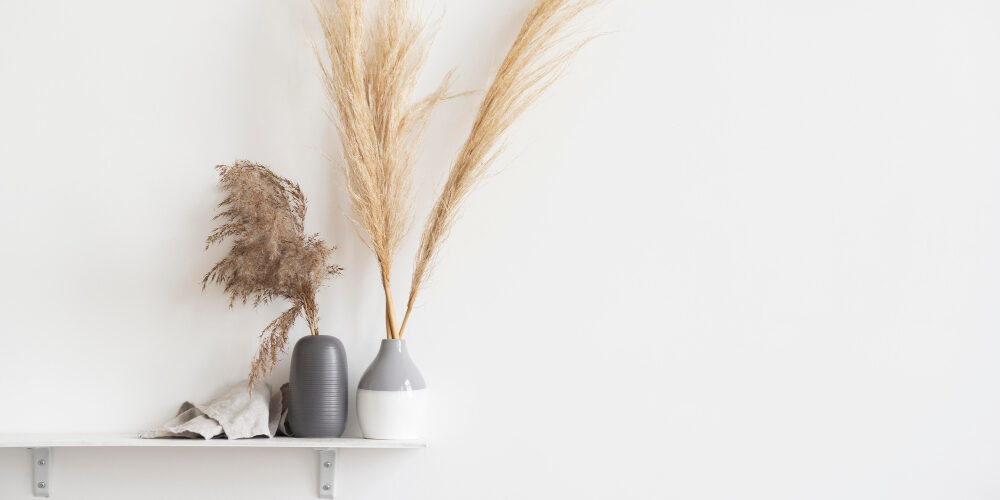In today’s fast-paced and consumer-driven world, the concept of minimalism has gained popularity as a way to find peace, reduce clutter, and prioritize what truly matters. Minimalism is not just about having fewer possessions; it’s a mindset that encourages intentional living and letting go of unnecessary physical and mental baggage.
We will guide you through the principles and practices of minimalism, helping you let go of any possession and embrace a simpler, more meaningful life.
Understanding Minimalism
Minimalism is a lifestyle choice that focuses on living with less. It involves consciously evaluating and reducing the number of possessions, commitments, and distractions in one’s life. By decluttering and simplifying, minimalism creates space for what truly brings joy and value.
Benefits of Minimalism
- Increased clarity and focus: With fewer possessions and distractions, minimalism allows you to focus on what truly matters to you.
- Reduced stress: A clutter-free environment and simplified lifestyle can significantly reduce stress levels.
- Financial freedom: By cutting unnecessary expenses and living within your means, minimalism can lead to greater financial stability and freedom.
- Improved well-being: Letting go of excess possessions can create a sense of freedom, promote better mental health, and enhance overall well-being.
- Environmental sustainability: Minimalism encourages conscious consumption and reduces waste, contributing to a more sustainable planet.
Assessing Your Possessions
Before embarking on your minimalist journey, it’s essential to assess your possessions. Take stock of everything you own and categorize them into essential, useful, and unnecessary items. This process helps you identify what truly adds value to your life and what can be let go.
Decluttering Techniques
- The KonMari Method: Popularized by Marie Kondo, this technique involves decluttering by category and keeping only items that spark joy.
- 30-Day Minimalism Challenge: Set a goal to remove one item per day for 30 days, gradually reducing clutter and attachments.
- The Four-Box Method: Use four boxes labeled “Keep,” “Donate,” “Sell,” and “Trash” to sort through your belongings systematically.
Emotional Attachment and Letting Go
Letting go of possessions can be emotionally challenging. To overcome emotional attachment:
- Reflect on the memories associated with the item rather than the item itself.
- Consider the value the item brings to your life in the present moment.
- Donate or gift items to others who may benefit from them.
Minimalist Living Spaces
Create a minimalist living space that promotes calm and clarity:
- Use a neutral color palette with clean lines and minimal decorations.
- Opt for multifunctional furniture to maximize space.
- Keep surfaces clear of unnecessary items and embrace open spaces.
Simplifying Your Digital Life
Minimalism extends beyond physical possessions to your digital life:
- Organize digital files and declutter your desktop.
- Unsubscribe from unnecessary email subscriptions.
- Limit social media usage and declutter your online connections.
Cultivating a Minimalist Mindset
Embracing minimalism requires a shift in mindset:
- Focus on experiences and relationships over material possessions.
- Practice gratitude for what you have instead of constantly seeking more.
- Be mindful of your purchases and avoid impulse buying.
Embracing Minimalism: Challenges and Rewards
Embracing minimalism may come with challenges, such as letting go of sentimental items or dealing with societal pressures. However, the rewards are worth it:
- Greater mental clarity and peace of mind.
- More time and energy for activities that truly matter.
- Reduced financial stress and increased savings.
Sustainable Minimalism
Combine minimalism with sustainability practices:
- Buy quality over quantity and choose environmentally friendly products.
- Repurpose and upcycle items instead of throwing them away.
- Support local and ethical businesses.
Minimalism and Financial Freedom
Minimalism can contribute to financial freedom by:
- Eliminating unnecessary expenses.
- Prioritizing experiences over material possessions.
- Saving and investing wisely.
Minimalism and Mental Well-being
Minimalism has positive effects on mental well-being:
- Reducing mental clutter and promoting focus.
- Creating a sense of calm and relaxation.
- Encouraging mindfulness and self-reflection.
Incorporating Minimalism into Daily Life
Make minimalism a part of your daily routine:
- Practice regular decluttering sessions.
- Adopt mindful consumption habits.
- Cultivate a gratitude practice.
Conclusion
Minimalism offers a pathway to a simpler, more intentional life. By letting go of possessions and embracing a minimalist mindset, you can experience greater clarity, reduced stress, and increased well-being. Embrace minimalism and discover the freedom and joy that come from living with less.


